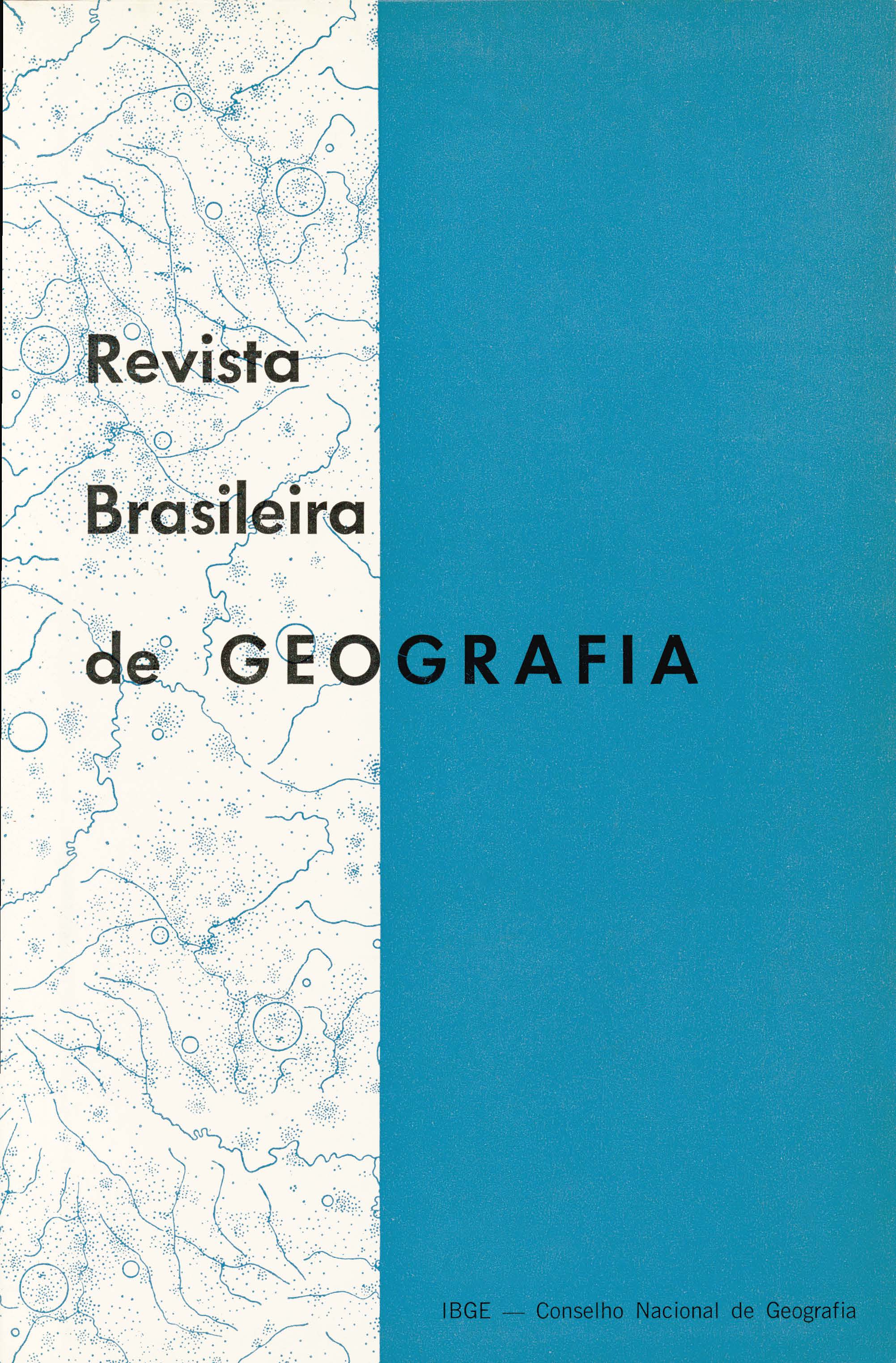Introdução ao estudo de feromônios
Palavras-chave:
Ecologia, Química, Ecology, ChemistryResumo
Abstract:
Pheromones are substances which are secreted by animals and which are used as chemical signs in intro-specific communication systems. Taking into consideration only the behavioral answers, the pheromones can be divided in to several classes: of sex, of aggregation, of alarm, of trace, of territoriality, and of caste. Concerning the form by which they act in the organism of the receiver animal, two kinds of pheromones can be found: the releases - which incite brusque and immediate answers, and the primers - which activate the chemo sensors in order to produce physiological alterations in the receiver organism. There is a region around the emitter in Whose external limit the concentration of the molecules of pheromones is inferior to that required to produce behavioral answers; this region is called active space.
These systems of chemical communication, which involve a highly developed olfaction mechanism, are undoubtedly of great importance to ecology, as they are used by in vertebrate as well as by vertebrate animal, either in terrestrial or aquatic ecosystems, even though by different communication systems. Although the present stage of knowledge concerning communication systems which use pheromones is much more developed in invertebrate (insects, in particular) than in vertebrate animals (chiefly the mammalian), there are two characteristics of great ecological importance: their structural specificity (a change in their chemical structure results in a drastic reduction or even in a complete loss of activity), and their specificity in relation to the different animal species. These characteristics - which are better known in insects - often assure the reproductive isolation of the species, even when the seasonal climatic conditions, the geographical distribution, the genetic and/or physiologic characters don't contribute to it.
The communication system which use pheromones in the mammalian begins with a mechanism of deposition of signs, through excrement and urine. This behavior is called scent marking or marking. The rate of these markings is in close relation with the social dominance or with the high social status, and with the co-specific intolerance. Based chiefly on the communication systems in insects, there are several ways to increase the information of the chemical communication, as well as its superior limits: by shortening the period of activity of the pheromone; by enlarging the active space; by using more than one secretory gland each time; by mixing the pheromones in just one gland; by changing the meaning by means of the change of context; by varying the concentrations and duration; by modulating temporally a single pheromone.
Nowadays, the malefaction caused by the use of pesticides and insecticides in the fight against ''Plagues", especially insects, in crops, became evident, causing serious ecological unbalance, ruining the health of man and contributing to increase the risks of poisoning the planet. Consequently, the substitution of the biological fight for the chemical fight is more and more preconceived. Among the methods of biological fight, the use of pheromones of populational, as well as of sexual attraction, may be not only one of the most efficient in the fight against the insects responsible for "plagues", but also the most coherent with the measures for preserving the environment balance.






